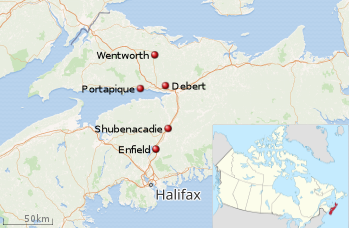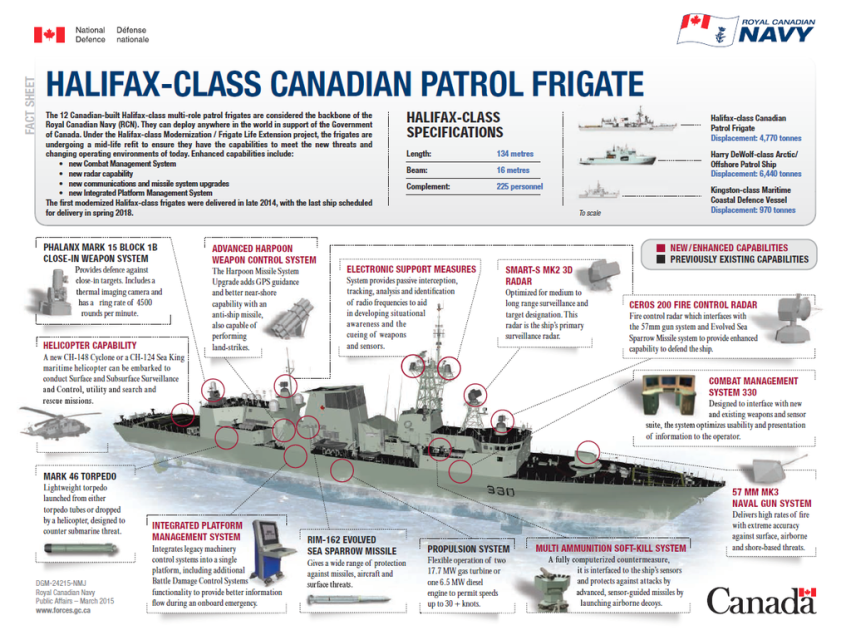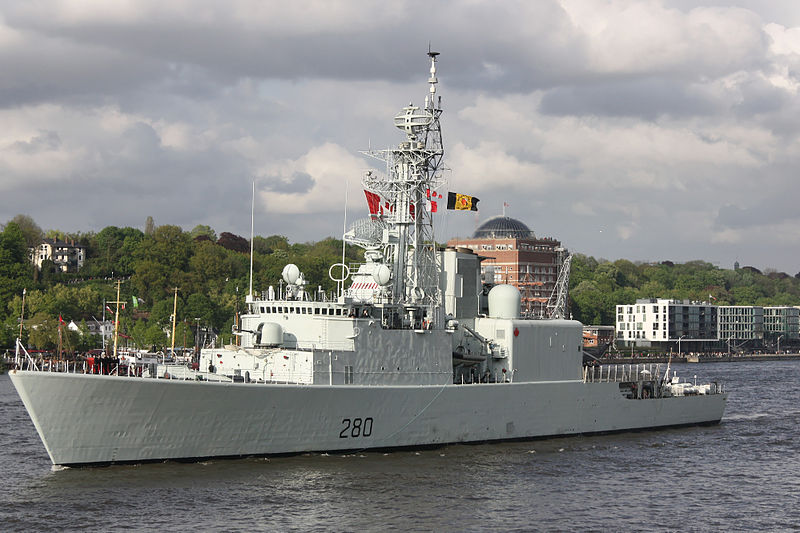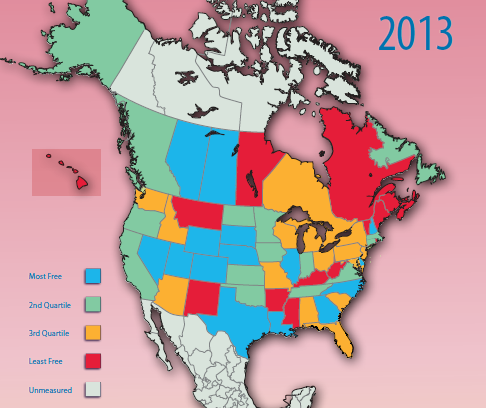I’ve posted a few items about the Halifax explosion, so Colby Cosh linking to this CBC News article caught my attention:
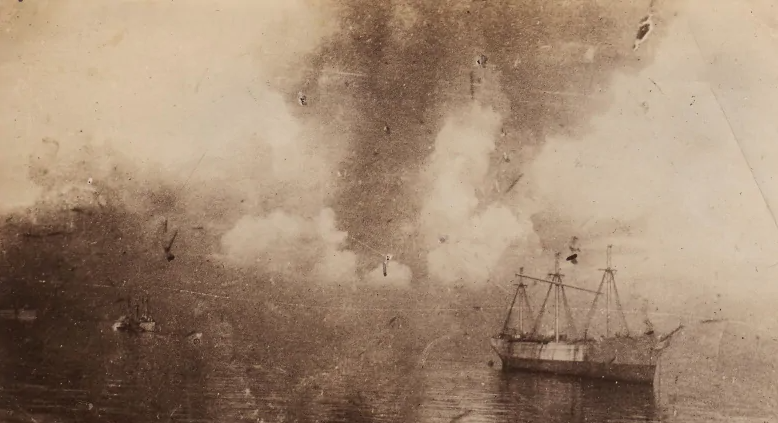
Previously unpublished photo of the Halifax explosion in December 1917 taken by Mate Reg Stevens, RCN.
Original image from the Community Archives of Belleville and Hastings County, via CBC News.
“The photo has the look of a very troubling dream,” Dan Conlin says as he studies an old black-and-white image.
Conlin is a transportation historian who’s spent a lifetime studying images of ships, trains and aircraft. He’s also a former curator of Halifax’s Maritime Museum of the Atlantic, which houses a large collection of materials from the 1917 Halifax Explosion.
The image he’s studying surfaced recently on Reddit with a user from Halifax, England, wondering if it was a “new” image of the 1917 disaster.
“You have these tranquil little wavelets in the foreground and some stately, anchored vessels — including a sailing ship,” Conlin said. “But in the background there are these awful, nightmarish clouds, including a horrible column that is rising into the sky. It looks like a surreal nightmare.”
When Conlin first looked at it, the crisp details of the foreground and the blurry background raised his skeptical eyebrows. “There was quite a tradition in the World War I era of faking photos by doing composite photos, where you layer one image on top of another,” he said.
One well-known photo of the explosion taken from McNabs Island was later suspected to have been doctored by a company. They seem to have added clouds for dramatic effect — and to sell more postcards.
But Conlin thinks in the nightmarish photo, it’s more likely that the clouds are moving from the force of the explosion, while the ships were untroubled by any winds. The disaster killed nearly 2,000 people and badly hurt thousands more. It levelled the Richmond district in the north end.
“It’s carnage and destruction out of Dante at the base of that cloud. People are dying and fires are starting and this awful event has hit Halifax in the distance,” he said.
“That angry cloud gives you an idea of the violence and tragedy that is unfolding even as the shutter clicks. It’s really rare and that photo, as far as I can tell, has never been published.”

